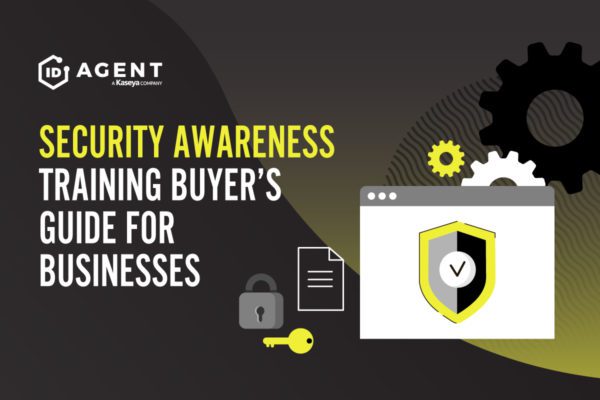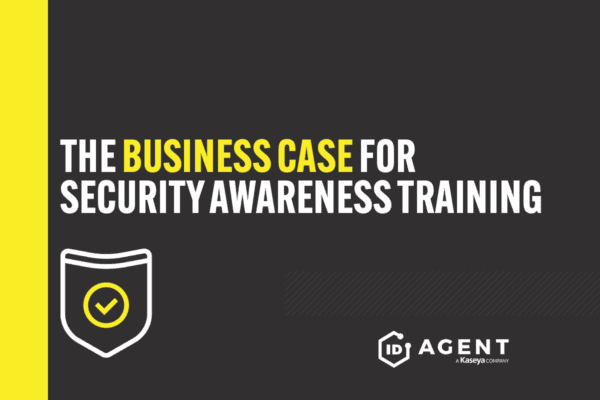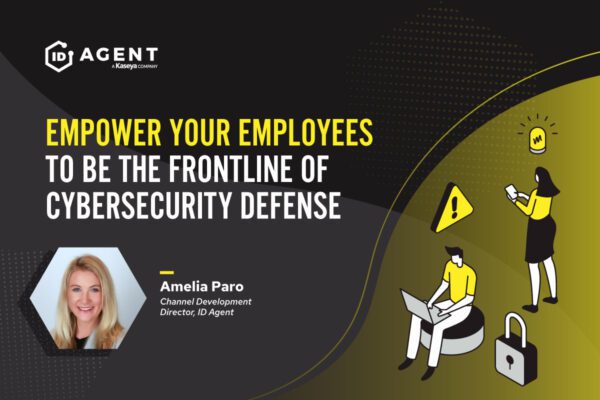REDUCE CYBER RISK CAUSED BY HUMAN ERROR, AFFORDABLY

An estimated 90% of security breaches are caused by human error, yet many organizations don’t have a program in place to protect the human attack surface. With Kaseya’s BullPhish ID security awareness training and phishing simulation solution, you can reduce your organization’s chance of experiencing a cybersecurity disaster by up to 70%.
- Educate and empower employees to spot and stop phishing threats and follow cybersecurity best practices.
- Automate training campaigns and reporting for effortless, set-it-and-forget-it training that gets results.
- Satisfy requirements for cyber liability insurance purchase or renewal by having strong cybercrime protections — like a user security awareness training program — in place.
- Maintain compliance with industry regulations and avoid high fees for non-compliance by conducting ongoing security awareness training.
Security Training Made Easy
Schedule a Demo
BullPhish ID Resources
FAQ
- Cybersecurity Maturity Model Certification (CMMC)
- Payment Card Industry Data Security Standard (PCI DSS)
- Sarbanes-Oxley (SOX)
- Health Insurance Portability & Accountability Act (HIPAA)
- ISO/IEC 27001 & 27002
- Gramm-Leach-Bliley Act
- Federal Information Security Management Act (FISMA)
- European Union General Data Privacy Regulation (GDPR)
- United Kingdom General Data Privacy Regulation (UK-GDPR)
- The California Consumer Privacy Act (CCPA)
- Personal Information Protection and Electronic Documents Act (PIPEDA)
- Fair and Accurate Credit Transactions Act (FACTA)
- EU-US Privacy Shield Framework
A successful security awareness training program starts with choosing the right training solution. An innovative and complete solution like BullPhish ID provides short, easy-to-understand training videos in multiple languages with quizzes to measure retention. It will also include phishing simulations with options for content customization or plug-and-play campaigns. It is also critical that the library of available video lessons and phishing simulation campaign kits is updated regularly.
The right solution will also provide back-end tools to make administration a breeze. For instance, automated training delivery via a personalized user portal that tracks an employee’s progress, easy sorting of employees into learning groups, automated delivery of performance reports to stakeholders and simple, intuitive management that can be handled remotely.






